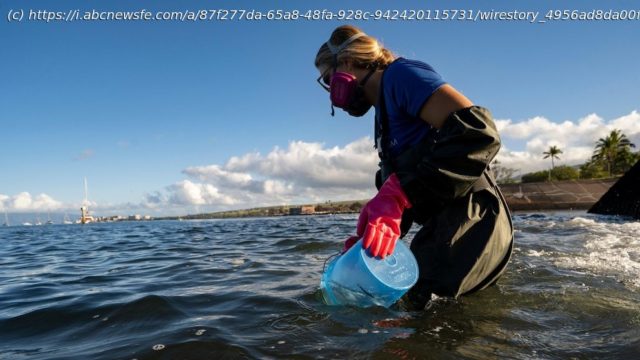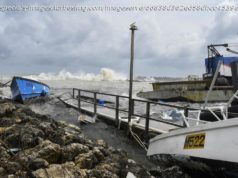A deadly wildfire burned more than 2,000 buildings in the Hawaiian town of Lahaina on Maui in August and left behind piles of toxic debris
Abraham “Snake” Ah Hee rides waves when the surf’s up and dives for octopus and shells when the water is calm. The lifelong Lahaina, Hawaii, resident spends so much time in the ocean that his wife jokes he needs to wet his gills.
But these days Ah Hee is worried the water fronting his Maui hometown may not be safe after the deadliest U.S. wildfire in a century scorched more than 2,000 buildings in August and left behind piles of toxic debris. He is concerned runoff could carry contaminants into the ocean where they could get into the coral, seaweed and food chain.
“Now with all these things happening, you don’t know if the fish is good to eat,” Ah Hee said.
Scientists say there has never been another instance of a large urban fire burning next to a coral reef anywhere in the world and they are using the Maui wildfire as a chance to study how chemicals and metals from burned plastics, lead paint and lithium-ion batteries might affect delicate reef ecosystems.
The research, which is already underway in the waters off Maui, could ultimately help inform residents, tourists and coastal tropical communities worldwide as climate change increases the likelihood of extreme weather events of the kind that fueled the wildfire.
A bill before the state House would provide long-term funding for water quality monitoring in hopes of providing answers for residents whose lives are closely tied to the ocean.
For now, state officials are urging the public to limit their exposure to the ocean and seafood until scientists understand what might be making its way through the food chain.
“I know a lot of people keep asking, ‘Is the water safe? Can we go out? Is it safe to fish and eat the fish?’” said Russell Sparks, Maui aquatic biologist at the state Department of Land and Natural Resources. “We just want to reinforce the message that we know it’s frustrating, but if people can be patient. We’ve never encountered anything like this.”
Coral reefs are sometimes called the “rainforests of the sea” because they are so crucial for healthy oceans. They are made up of stony corals, which are hard skeletons formed by thousands of individual living coral polyps that symbiotically host algae.






